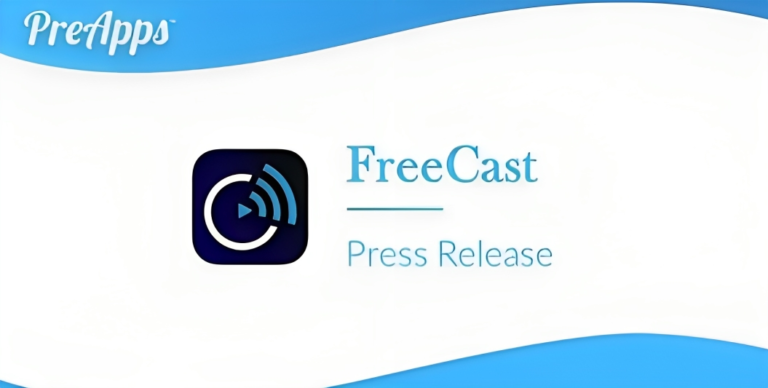Luxury sunglasses company Ray-Ban is a well-loved brand. From military personnel to politicians and Hollywood household names, the company has established itself as an iconic All-American entity epitomizing style and fashion. Recently, Ray-Ban celebrated contemporary music, art, and culture at the Magnetic Fields Festival 2023. Beyond art, culture, and fashion, however, the company is unafraid of dipping its toes into technology. The last year has been eventful for Ray-Ban, introducing REVERSE, the four timeless unisex sunglass styles with new innovative lens technology that feature wholly reversed lenses.
The brand also updated its partnership with tech giant Meta for the successor to the Ray-Ban Stories smart glasses — the Ray-Ban Meta — and recently announced an AI assistant update to the wearable tech. Suffice it to say that the eyewear pioneer has come a long way from its roots in military eyewear designing, dominating pop culture and fashion while making smart wearable technology much more approachable than its clunky predecessors. Below, we’ll traverse through Ray-Ban’s past, present, and plans for the future:
The history of Ray-Ban
Founded in 1937 by American company Bausch & Lomb, Ray-Ban started out as a project to design efficient and functional aviation eyewear. At the time, the US Army Air Corps was in need of aviation sunglasses that could reduce distracting glare for the pilots. Pilots’ goggles at the time tended to fog up and critically reduce visibility at high altitudes. Fortunately, Bausch & Lomb’s aviator design led to a prototype released in 1936, featuring plastic frames and green lenses that handled glare without disrupting vision.
By the 1950s, Ray-Ban had made its way into Hollywood, where everyone seemed to be wearing them, from Elvis Presley to Michael Jackson. Later, in the 80s, Top Gun led to sales of the Ray-Ban Aviator skyrocketing. Today, the brand’s aviators remain one of its most popular silhouettes, garnering dupes and remakes from various brands. In 1999, luxury giant EssilorLuxottica acquired Ray-Ban and the rest of Bausch & Lomb’s eyewear division. While the company’s headquarters moved to Milan, Italy, Ray-Ban remains a true American icon today, hailing back to the USA’s glitz and glam of old Hollywood and vintage allure.
Present endeavors
Nowadays, Ray-Ban is a household name that shouts style and taste. The company has since evolved its classic, traditional frames into Ray-Ban’s line of prescription sunglasses. This has allowed them to combine the functional aspect of vision correction with much-needed UV protection while also prioritizing the iconic frames and lens shapes recognizable to many. Classics like the Aviator and the Wayfarer still remain as both clear lens and tinted options, with alternatives like the New Aviator for a reinforced temple or the Aviator Gradient for those looking for new colorways.
Ray-Ban’s commitment to its well-loved silhouettes also shines through in its partnership with Mark Zuckerberg’s Meta. The Ray-Ban Meta has been relatively well received as a much-needed upgrade over its predecessor, featuring live streaming capabilities and a built-in Meta-fueled AI assistant. Its built-in 18MP camera makes it a discreet alternative to the GoPro for content creation needs like vlogging, streaming, and simply sharing videos of your activities and travels. Currently, the Ray-Ban Meta comes in two of the brand’s iconic models — the Wayfarer and the Headliner.
Ray-Ban’s future
Looking to the future, it would be interesting to see more tech integrations and experimentations from Ray-Ban. The brand’s partnership with Meta is a positive indication of its investment in merging fashion with innovative technologies. Most recently, at CES 2024, EssilorLuxottica’s booth included the Ray-Ban Meta along with the Nuance Audio, a hearing tech-embedded eyewear product.
While it’s hard to say what the future holds for Ray-Ban and its many stylish eyewear models, the fact that they are committed to constantly improving the Meta smart glasses may point to yet another improved successor. If not, perhaps a venture into augmented or mixed reality technologies may be on the horizon to help cement the luxury eyewear brand’s place in an increasingly digital and interconnected world.
Also Read: LensCrafters Celebrates 40 Years in the Eyewear Industry
















